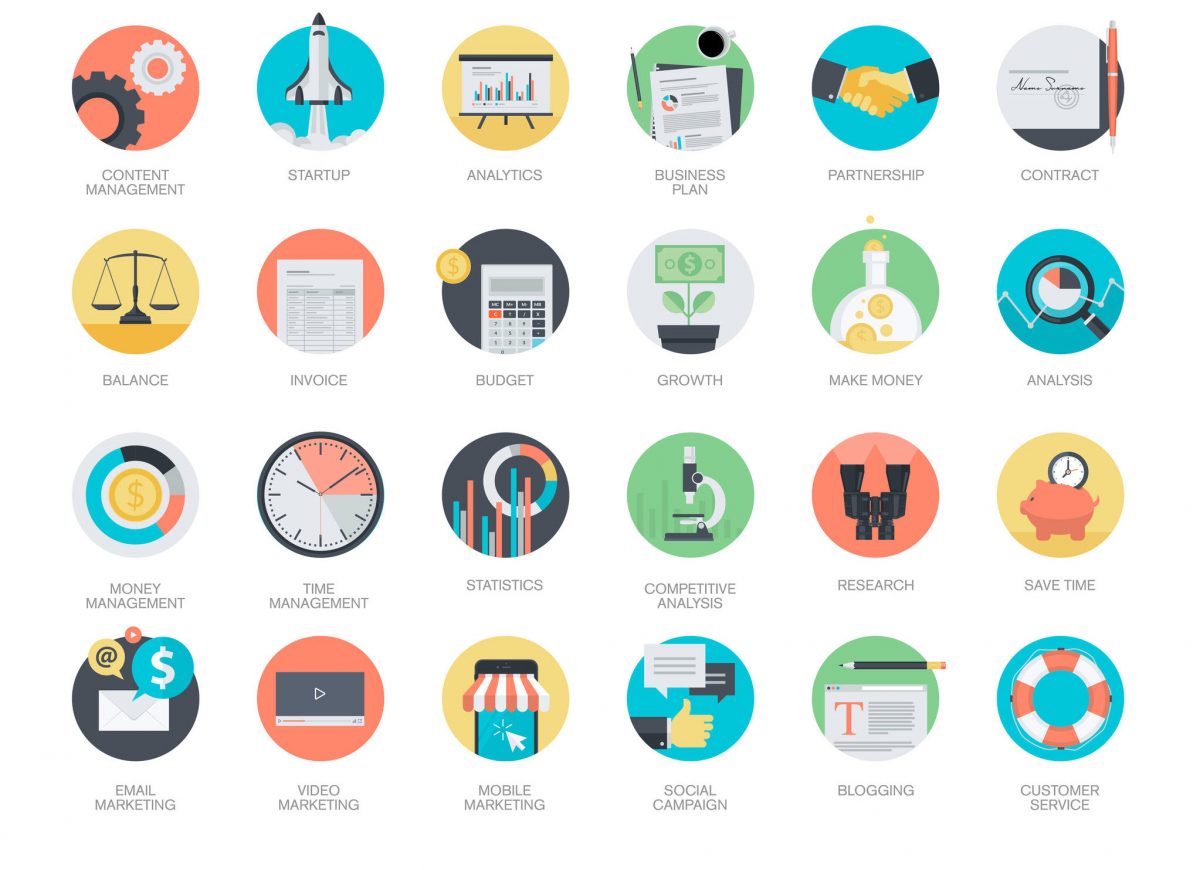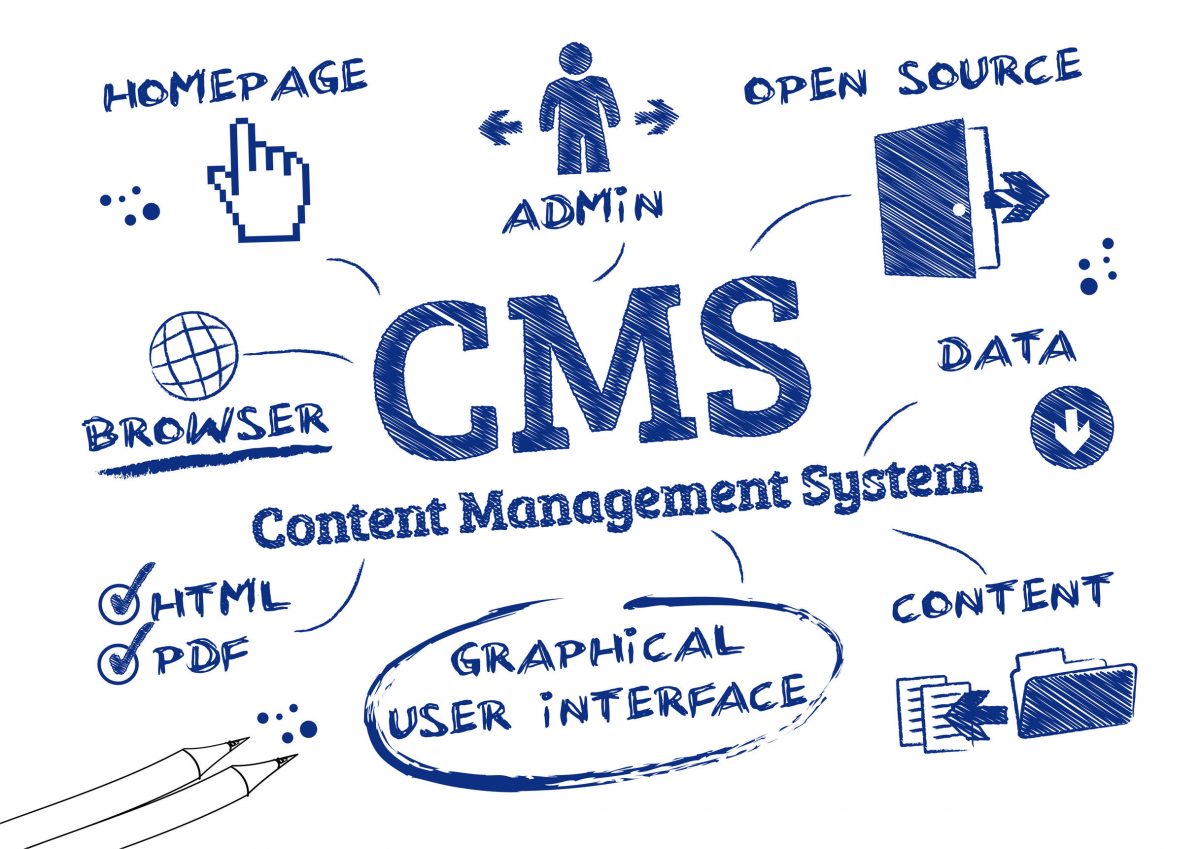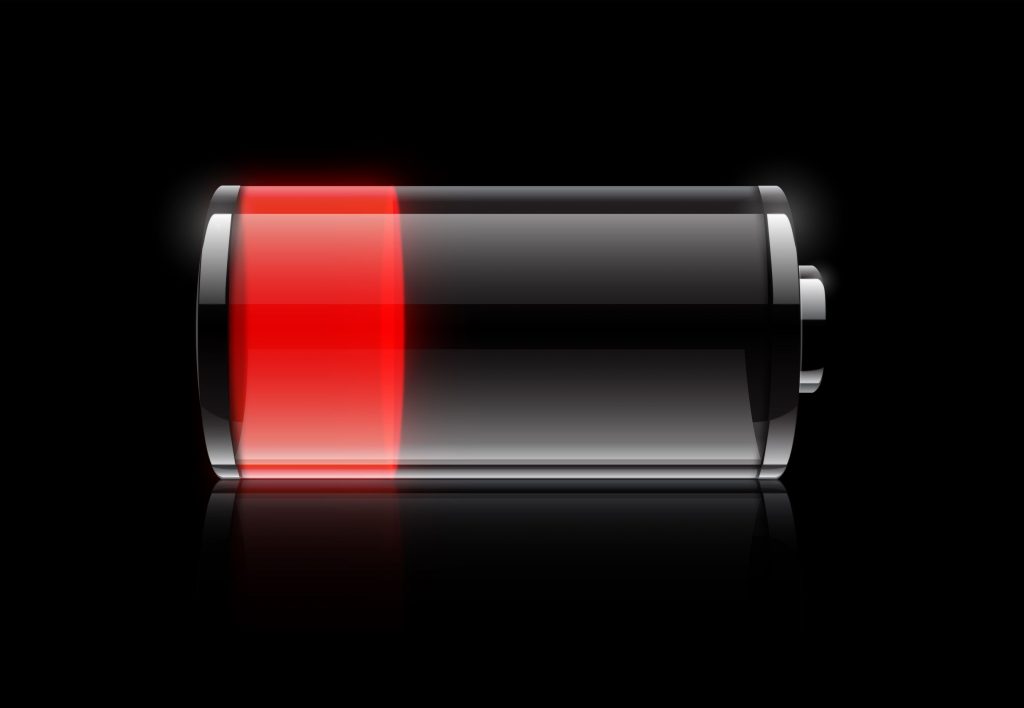As a digital nomad, it often seems impossible to stay focused and productive while out on the road. And this can easily become your truth if you fail to utilize the best productivity resources at your disposal.
Instead of waging war on your mind because the nomadic lifestyle is calling you and you just don’t feel like working, utilize the best tools available to you to ensure your work is done so that you can continue funding your nomadic life.
With that said, let’s take a look at the most popular productivity resources available right now.
As soon as you start using them in your business, you’ll notice a major difference and focus, motivation, and productivity problems will become things of the past that you’ll gladly wave goodbye to in your rearview mirror.
Trello

Are you trying to manage multiple projects while living the digital nomad lifestyle?
If so, Trello will feel heaven sent!
This project management tool can honestly organize everything. It’s perfect to manage to-do lists, and it can easily help you keep projects, campaigns, and individual tasks organized and on point.
When you begin using this app, you will never miss a deadline again. You’ll always know when the next part of a project is due, and you’ll leave yourself ample time to work on it well ahead of schedule.
Clockspot

When living the digital nomad lifestyle, using Clockspot in your business is an absolute must. And this is especially true if you are managing multiple people working on multiple projects at the same time.
This program allows your freelancers and virtual assistants to “clock in” and “clock out” from anywhere in the world.
Plus, it lets you input specific project information at a task level, so you’ll know exactly how much time your staff takes whiling working on a particular project. And you can use this information to bill accordingly.
Not only that, this software makes it easy to generate payroll reports, overtime pay, and it will even manage workers’ time off.
And our absolute favorite thing about the software is lets you see which employees of yours are working in real time.
Slack

Many digital nomads work in collaboration with team members located all across the globe. It’s often difficult to keep in contact with the members of your team as you travel around the world.
It’s easy to set up Slack groups online. Add team members to specific groups, and you can even open up numerous chat rooms based on specific topics or categories.
Plus, this software makes it possible to directly message members of your team so you can communicate with them one on one, in real time, when necessary.
Google Drive

Google Drive is an incredible backup tool for a number of reasons.
For starters, it’s a great way to stay exceptionally organized. And since organization is so crucial while working on the road, having a tool like this at your disposal is nearly invaluable.
We also highly recommend Google Drive because you get 15GB worth of storage space for free, which is a lot better than their competitor Dropbox.
Plus, with Google drive, you can have multiple people working on the same project files at the same time without any confusion.
If you are working on a large project and multiple people need access to the files, storing them on Google Drive makes it possible for everyone to work together in unison without having to email files back and forth. That can get very confusing and it’s obviously something you would rather avoid.
Google Drive makes it possible to avoid project chaos and confusion.
Text Comparison
GlobalVision Text Inspection compares two unlike documents to manage the accuracy of text along the artwork, document, and packaging creation workflow. It’s perfect for making sure there aren’t any unintended changes as your text moves from your copy document to artwork to print.
Conclusion
While living in the digital nomad lifestyle, you need to do everything in your power to stay focused, organized, and motivated. Using the productivity resources recommended today will make your life a heck of alot easier while traveling around the globe.



















